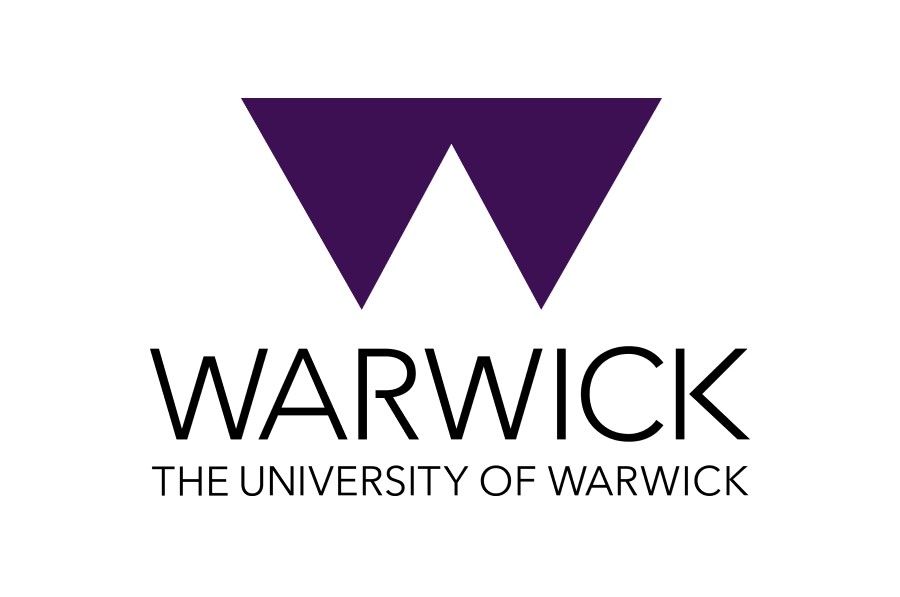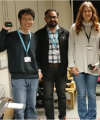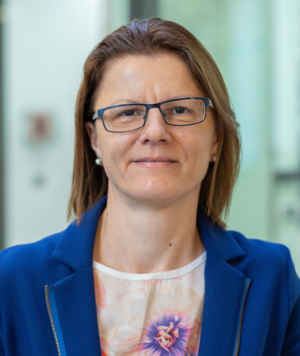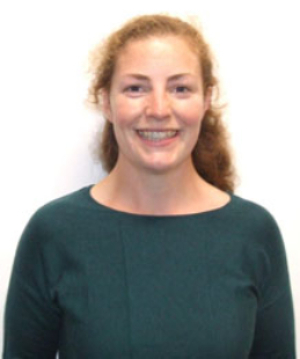




Officially joined the university of Warwick's school of
engineering as a Marie Curie Research Fellow

Welcome to SENSATION, a groundbreaking project funded by UK RESEARCH AND INNOVATION GUARANTEE scheme and evaluated under the MSCA Postdoctoral Fellowships 2022 Call, dedicated to studying pedestrian responses to vibrations on lightweight footbridges
Introduction
Excellent mechanical properties of contemporary construction materials and the urgent need to avert climate change are resulting in exceptionally slender, lightweight, and environmentally friendly pedestrian structures. These structures are susceptible to excessive vibrations due to human activities, as evidenced by uncomfortable vibrations at the opening of the Millennium Bridge in London and the Passerelle Léopold-Sédar-Senghor in Paris. These incidents have demonstrated that human’s vibration comfort has become governing criterion in design of pedestrian structures. Important progress in modelling human dynamic actions and the resulting structural vibration has been made since then however the crucial final step of modelling pedestrian’s response to structural vibration remains unreliable. Significant inconsistencies exist across national and international design guidelines, each of which neglects at least three out of five influential factors (vibration amplitude, vibration frequency, human posture, exposure time and pacing frequency).
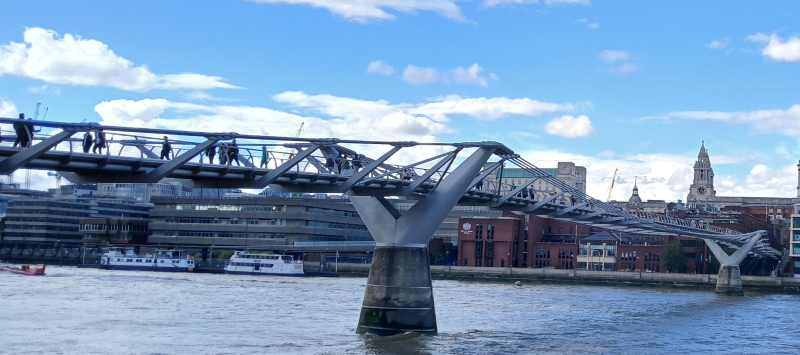
Aim & Objectives
The aim is to develop vibration perception and acceptability thresholds for pedestrians to enable reliable assessment of comfort level by utilising multi-disciplinary expertise in vibration engineering, psychology, human motion science and human factors.
The key objectives of the project are as follows:
- Perform novel experiments in VSimulator (to identify both pedestrian’s subjective and objective response to a range of vibration conditions) and on Warwick Footbridge (WF) for model verification.
- Establish biodynamic objective model of the pedestrian to facilitate further modelling of pedestrian’s responses and provide a generic model that can be used in other research setups (e.g. in pedestrian-structure interaction research).
- Analyse the experimental data to develop subjective models of vibration perception, vibration acceptability and equal comfort contours for pedestrians and verify the models on WF.
- Formulate design recommendations.
Team Members

